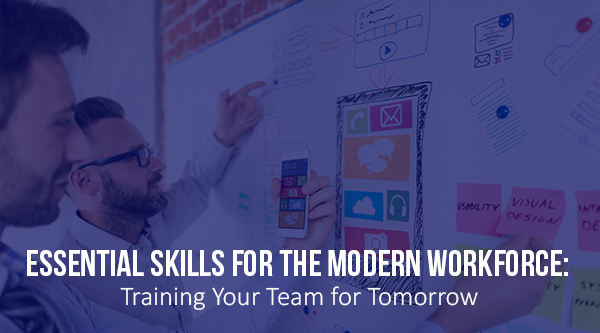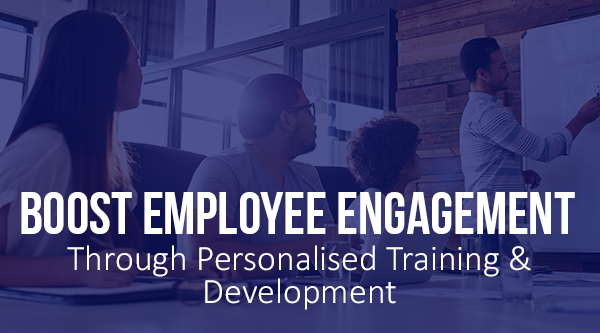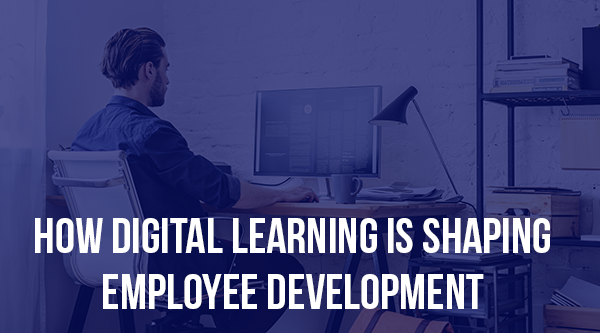The Future of Workforce Training: How Digital Learning is Shaping Employee Development
More from our blog
-
 Reading time: 2 MinutesMay 28, 2025
Reading time: 2 MinutesMay 28, 2025 -
 Reading time: 2 MinutesMay 8, 2025
Reading time: 2 MinutesMay 8, 2025 -
 Reading time: 3 MinutesApril 22, 2025
Reading time: 3 MinutesApril 22, 2025 -
 Reading time: 2 MinutesApril 15, 2025
Reading time: 2 MinutesApril 15, 2025 -
 Reading time: 2 MinutesMarch 24, 2025
Reading time: 2 MinutesMarch 24, 2025 -
 Reading time: 2 MinutesMarch 10, 2025
Reading time: 2 MinutesMarch 10, 2025


